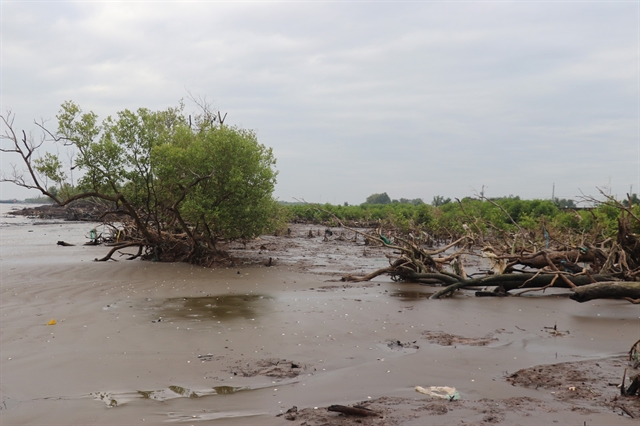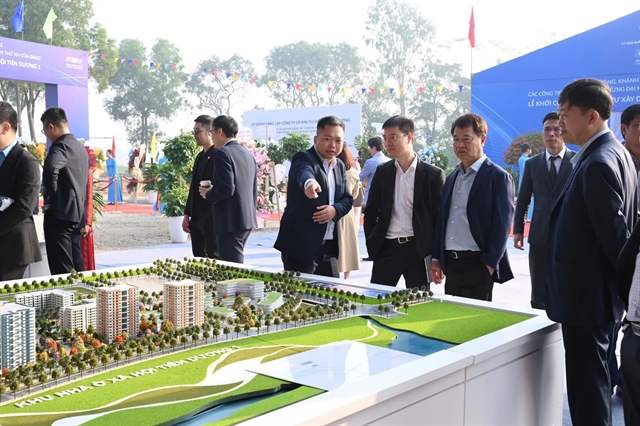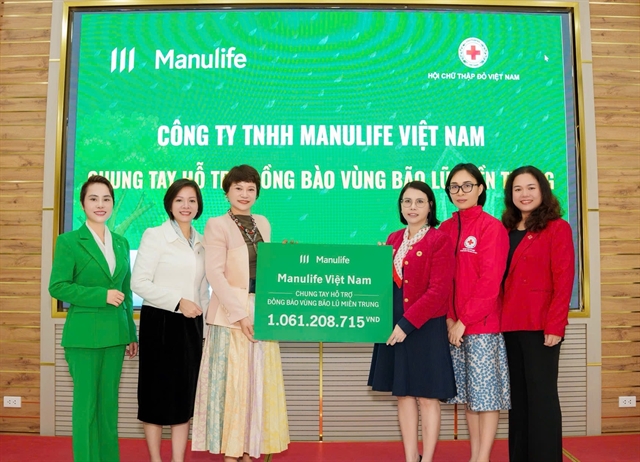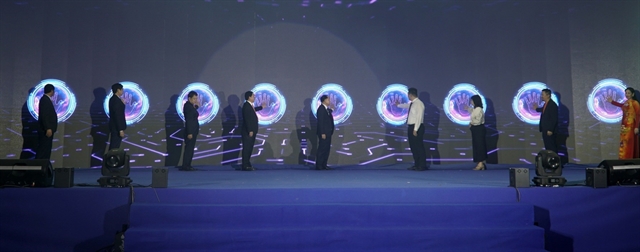 Environment
Environment

Experts discussed measures to improve indoor air quality in urban houses in efforts to tackle environmental pollution at an international seminar in Hà Nội on Saturday.

|
| A pannel discussion at an international seminar on solutions to improve indoor air quality in Hà Nội on Saturday. — Photo courtesy of the organiser |
HÀ NỘI — Experts discussed measures to improve indoor air quality in urban houses in efforts to tackle environmental pollution at an international seminar in Hà Nội on Saturday.
The event, entitled “Solutions to improve indoor air quality in urban areas”, was organised by the Architecture Magazine of Việt Nam Association of Architects with an aim to propose possible solutions to tackle air pollution problems of Hà Nội and other cities in Việt Nam.
Speaking at the event, President of the Việt Nam Association of Architects and Chief Editor of Architecture Magazine, Phan Đăng Sơn said that air quality has become an alarming issue to human health in cities as a result of increasing population density along with emissions from living and movement of people and vehicles, especially from factories, medical and community service facilities.
“Hà Nội is one of the densest cities in Việt Nam with high population density in the inner city and rapid growth even in the suburbs. Therefore, improving air quality for indoor and outdoor spaces has become imperative, especially when the previous solutions are ineffective, unsystematic and uncertain on scientific and practical basis,” said Sơn.
“Improving air quality is now more than just a natural solution, a traditional legacy or an architect's own design story, but also a natural-technology solution. However, technology solutions need to be cheap and useful, which is still a big question for systems we are using today,” added Sơn.
At the event, participants focused discussion on solutions to improve indoor and outdoor air quality through various topics, such as urban and environment management solutions; green architecture and solutions to improve indoor air quality in urban areas.
Participants heard that air was polluted mainly from local sources, such as traffic vehicles, constructions, industrial production and incineration. Air pollution in Hà Nội often rises during peak hours and from 60 to 70 per cent of dirt generated from cars and motorcycles.
Experts said that improving indoor air quality required improvement of environment quality outside buildings and urban areas. Because the inside and outside air is always circulated regularly. In order to solve the problem, comprehensive planning and architecture measures are needed.
Naoki Kagi from the Faculty of Architecture and Civil Engineering, Tokyo Institute of Technology, Japan, said that indoor atmosphere was very important because people spend a lot of time indoors.
“We have paid a lot of attention to drinking water, but less concern to the surrounding air we breathe. For food and water, we have the right to choose what we like, but for the air, we have only one choice: breathing the atmosphere around us. Therefore, cleaning the indoor air was extremely necessary,” said Kagi.
Kagi said that there are three main methods to clean indoor air, including not letting outside pollutants get inside; not placing things that generate pollutants inside; and removing indoor pollutants by using a ventilation system and air purifier.
Architect Nguyễn Tất Thắng, a senior expert from the Ministry of Construction, said that technology should be integrated into design solutions.
“Architects today often apply architectural solutions to improve air quality, but that was not enough. Because the outside air in some big cities is polluted. Therefore, the combination of architectural and technology solutions is necessary," said Thắng.
Architect Ngô Viết Nam Sơn said that technology solutions are needed to support people to live with dense populations and high building constructions.
“Natural light and ventilation as well as planting trees are still feasible but only for small urban areas. But, for big cities like HCM City and Hà Nội, we must have solutions from planning, architecture and interior design to naturally increase outdoor and indoor air quality,” Sơn said.
According to a recent report of the WHO, Việt Nam ranked 15th in the list of 98 countries with low air quality, in which Hà Nội stood at level seven - equivalent to an alarming level. On September 3, AirVisual also ranked Hà Nội at the top of the list of the most polluted cities in the world with AQI 172. In 2019, the capital's air quality was repeatedly reported at a dangerous level. — VNS




